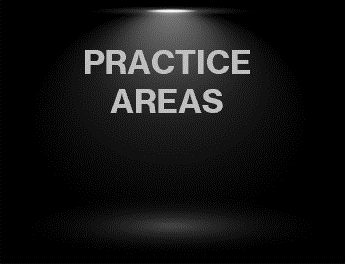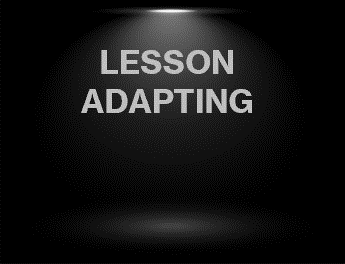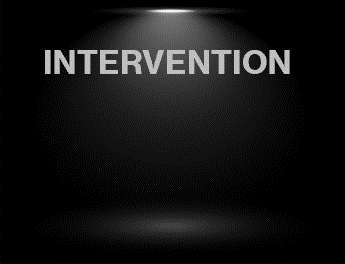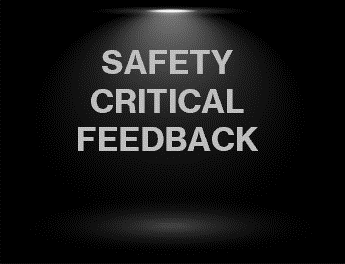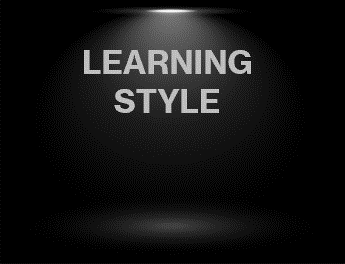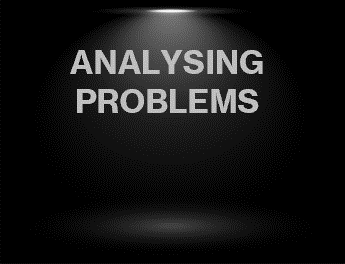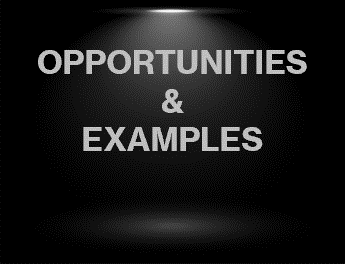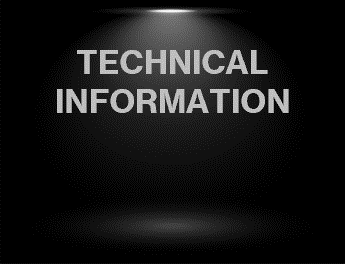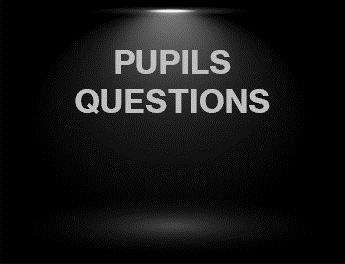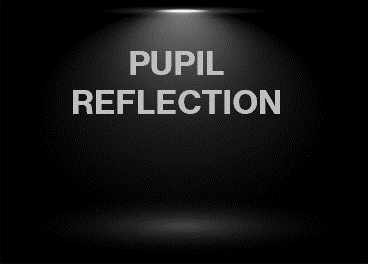
AWARENESS
Was the trainer aware of the surroundings and the pupil's actions?

A lot of instructors tend to fall into the trap of believing all they need to do for this criteria,
is to be keeping the car safe by knowing what is going on around the car.
But it goes much deeper than that.
As with previous categories this links in again with all of them.
If you have good route plans made, and your understanding of your routes, what you know that regularly occurs on them, what level of traffic is usually on them, what times of day changes their conditions, then you are already partially prepared of what to watch out for.
Just a very simple way of putting this.
Let's just say you are on roads that you do not know.
You see a junction up ahead on the left and ask your pupil to take that junction.
The road you are on is a 40mph road and as you arrive very close to the junction and your pupil turns in, you realise it is a 135degree Y junction and there are parked cars on either side of the road reducing the overall width of the road leaving enough space for one car, and there is a car oncoming.
You had no idea this was coming up, your pupil's speed was a little too fast on the approach and although they had selected 2nd gear, because the junction was so tight they really should have approached in 1st gear and a lot slower.
This causes you to have to step in and dual the car to a stop.
Had you known the route, you would have been able to advise your pupil if necessary, or at least seen by watching them whether they were slowing enough. You would have seen that they had seen the Give way sign or prompted that it was clearly on full view to them on the approach, and also spot that they had only changed into 2nd gear. This would have allowed you to know they were approaching too fast and in the wrong gear and given you time to prompt further and earlier rather than the need to take action. The action necessary may have been able to have been dealt with by them had you been able to give clear instructions on the approach such as "I would like you to take the next road on the left, it is a very tight left turn"
The whole situation of your lack of route planning has ended up with you taking control and the pupil's confidence shot to pieces thus taking a step back.
You have failed to keep the learning location safe due to a lack of forward planning of your route.
A great learning opportunity for your pupil in understanding "reading road signs" is that the Give way sign on full view to them on the approach would mean that the junction was going to be very tight.
Possibly on the approach there may have been other vehicle emerging from the junction or oncoming vehicles turning into it. Both of these could have been used as a learning opportunity to raise questions with your learner about what should they expect when turning into this road.
The route was not familiar and thus learning opportunities missed and you were left "firefighting" the whole situation.
In additional to knowing your routes and having a good understanding of the "usual" things that happen on these them, you also need to have a good awareness to your pupils actions, and emotional or physical state.
Do you ever look at your pupil and think they have seen a ghost?
Do you ever look at your pupil and the are physically dripping sweat off their face?
Do you ever look at a pupil and see that their face is bright red?
Have you ever looked at your pupil and seen tears in the eyes?
A huge smile on their face?
Are they twitching in the seat?
Are they grabbing the steering wheel so hard you'd think they were on a white knuckle ride?
Have you looked at your pupils feet as they near the end of the road and are making no attempt to reach for the footbrake or clutch?
Are they riding the clutch?
Are they left foot braking?
Think about them moving off and getting up to 20mph but making no attempt to change gear to 2nd or any other gear at all?
Do you watch your pupil as a gear change happens? Where are they looking? Are they selecting the correct gear, or are you just about to find out they are going from 4th into 1st at 40mph?
Are they looking out the windscreen or are the looking at the gear lever?
As you approach a right of left hand turn, do you watch to see if your learner has checked the relevant mirrors and the finger is poised over the indicator stalk ready to put on a signal?
When you pupil moves into a filter lane, are you checking whether they straighten up the steering once they are in it, or is their steering still pointing slightly towards the road they are turning into? What would happen if the jumped off the clutch at the wrong time, or a vehicle following didn't stop quickly enough and hit the back of your car? Where would your car end up?
Is your pupil keeping their foot on the clutch when going around corners?
Is your pupil putting down the clutch each and every time they brake irrelevant of the speed they are doing?
These are just a small selection of reason to why you are watching your pupil's actions.
If all or some of the previous information rings a bell, then you need to up your game.
Spotting faults to be honest is really quite easy, then skill of knowing when they are going to happen is the harder part until you become a confident instructor.
But are you instructing to just spot fault and correct them, or are you also spotting the good stuff your pupil is doing and praising them for it.
If you are reassuring your pupils when things go well, you are reinforcing good driving and how things should feel when they are carried out correctly.
let's create two small examples again.
Your pupil is driving along the road.
You ask them to take the next road on the right which is from a filter lane.
They check their interior and right door mirror, place on a right signal indicator, slow down, change gear and adapt their speed to that of an oncoming vehicle so that the opportunity to not stop is created and they turn into the road as soon as it passes.
They continue into the road and a little further along the road you ask them to pull in.
The first thing that comes out of your mouth is
"Your position in the road as you turned into that last junction was bad?"
What do you think your pupil is going to feel like?
Your pupil is driving along the road.
You ask them to take the next road on the right which is from a filter lane.
They check their interior and right door mirror, place on a right signal indicator, slow down, change gear and adapt their speed to that of an oncoming vehicle so that the opportunity to not stop is created and they turn into the road as soon as it passes.
They continue into the road and a little further along the road you ask them to pull in.
The first thing that comes out of your mouth is
"How do you feel that last turn went"
In example 1 the instructor picks up on the one negative from the whole turn and highlights it.
The pupil is going to feel deflated and that the whole thing was bad just because they weren't quite in the filter lane.
The only reason the instructor could voice a negative about the position in the road was because they were not looking at the pupil as they gave the instruction to take the next road on the right.
The instructor missed the pupil checking the mirrors.
The instructor might have heard the indicator ticking away on the approach, but didn't know whether the pupil placed on the correct indicator or before of after the mirrors because they weren't looking at the pupil.
They would have spotted that the pupil adapted their speed and gear for the oncoming vehicle and did so in such a way that it made them not have to come to a stop at the point of turn.
Because of the Instructor's awareness, or lack of them, they were unable to be aware of the pupil's actions.
So the only thing they could bring up when they pulled in was the negative.
In Example 2 however, the instructor gives the pupil the opportunity to talk about how they thought things went before they bring any feedback into the discussion.
This gives the pupil a time to reflect about their actions and how they were feeling.
They may well feel that their position in the road was not necessarily the best but the instructor has given the pupil the opportunity to mention it first rather than making them feel like they are hopeless for not getting it right.
The instructor however, now has the opportunity to acknowledge the pupils awareness to their position and say they will come back to that in a second, but firstly mention how good the mirror checks and signal were as well as the timing of them.
The instructor can also really big up the fact that the pupil used their anticipation and planning skills to adjust their speed and gear to allow the oncoming vehicle to pass and let the pupil flow into the junction behind them.
This not only reinforces the good driving skills of the pupil, but it also reinforces to the pupil that the instructor is PAYING ATTENTION to what they are doing and are forthcoming with praise when things go well.
After letting the pupil have their say first and then responding with everything that went well, the instructor can now discuss the pupils awareness to the position in the road and work out with the pupil about how they can adjust things to make that different on the next run round or when a similar situation arises. They can also discuss what implications there may be to not getting a good position in the first place and how it may affect other road users or even themselves.
From a point of view of a part 3 or standards check, the examiner will want to see that you have an awareness to your pupils actions as well as your surroundings.


